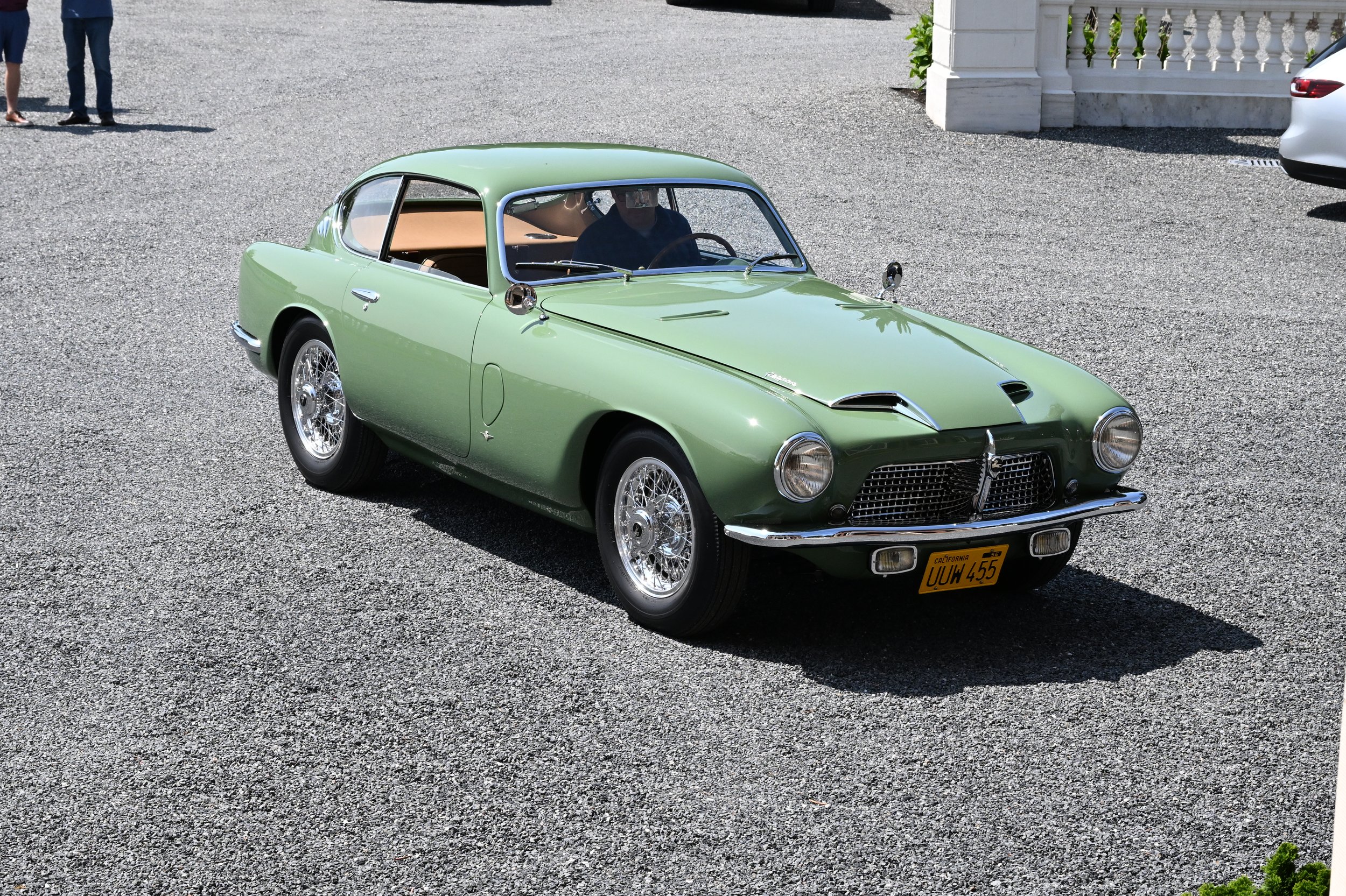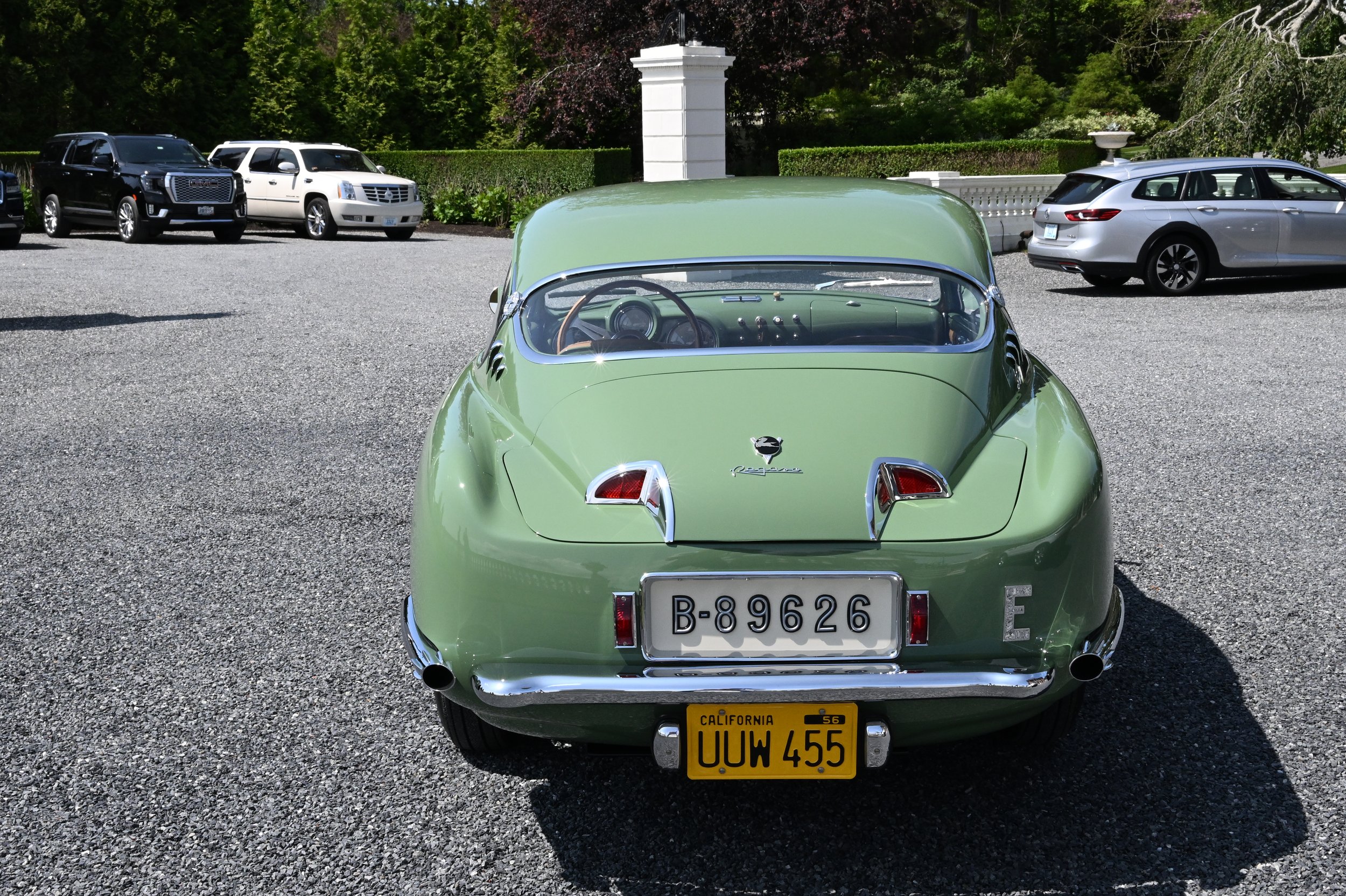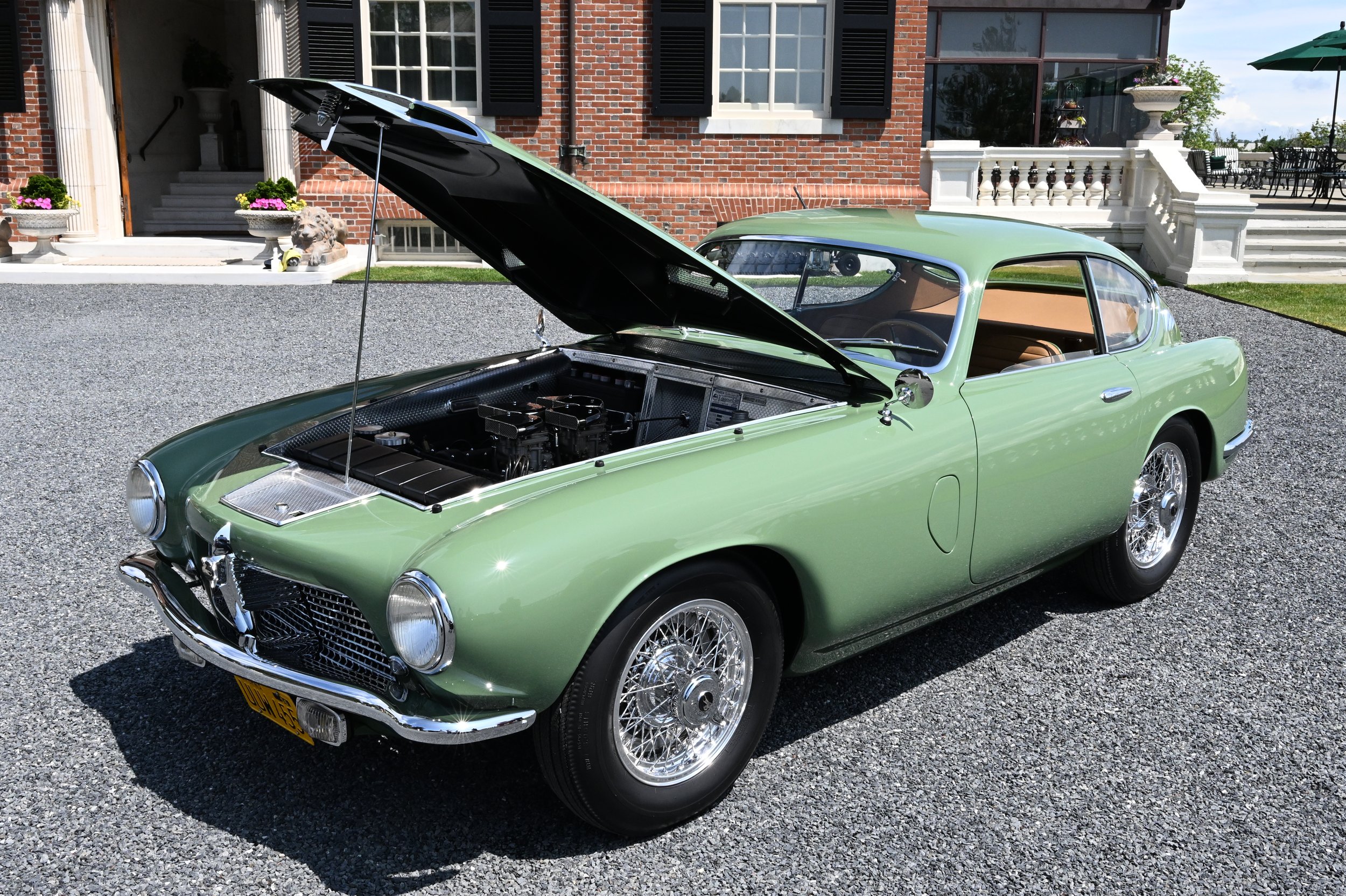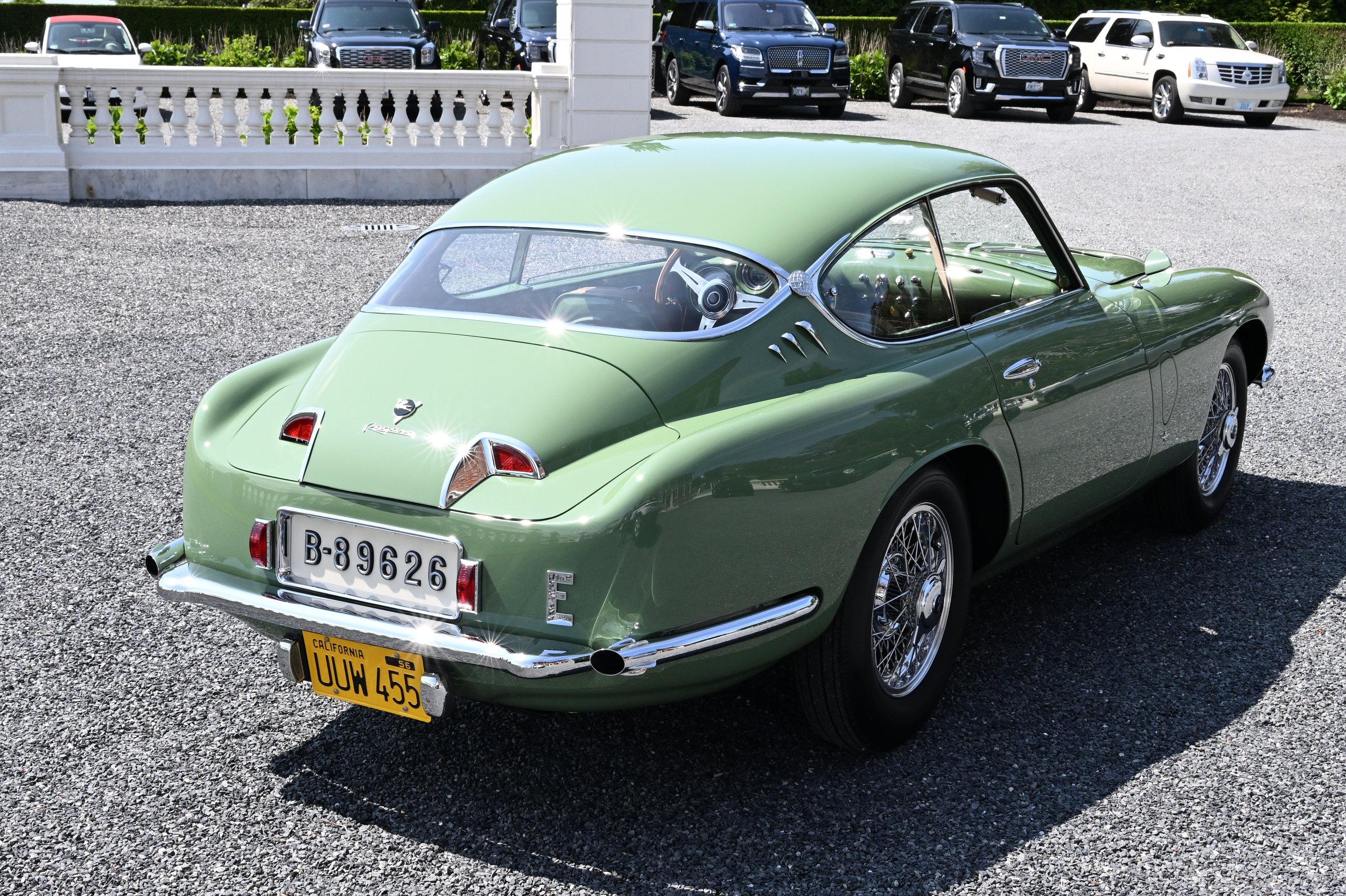1952 Pegaso Z102 series II Touring coupe





Powerful V8 engine with 2 camshafts per bank.
Innovative transaxle transmission/differential.
Lightweight aluminum body by Touring.
Even though Pegaso is not a household name for many automotive enthusiasts, the company produced some of the finest – and at one point the fastest – cars in the world during the 1950s. Originating in the 1940s in Spain as state-owned truck manufacturer Enasa, Pegaso built sports cars from 1951 to 1958 with lightweight, coach-built bodies and extremely advanced drivetrains. Marketed as “The car for the connoisseur,” Pegaso built their cars on a cost-no-object basis, ensuring that all aspects of the vehicles were as advanced, as they could build them. Because of this, Pegasos were very costly to build, and less than 100 examples were produced over seven years.
The CEO of Enasa and the brain behind Pegaso was Barcelona native Wifredo Ricart, formerly of Spanish marque Hispano Suiza and later serving as Alfa Romeo’s Chief Engineer for Special Projects. Hired in 1945 just after World War II, Ricart and the Enasa team spent six years engineering the Z-102 which debuted with great enthusiasm at the 1951 Paris Motor Show. When most countries in the world were still recovering from the War, Ricart and Pegaso were focused on proving what the country of Spain was capable of. Pegaso sports cars targeted the same market as Alfa Romeo and newly formed Ferrari – this was especially interesting as Mr. Ferrari had put the blame on Ricart for his release from Alfa Romeo in the late 1930’s.
This Z-102 has a body built by Touring, utilizing the company’s “Superleggera” method of coachbuilding. This utilized a steel tubular frame that was drilled for lightness, and thin, lightweight aluminum body panels. While no two Pegasos are identical, there are a few design cues that many of them share including the front-end design, door handles, and rear exhaust that protrudes from the rear ¾ of the car.
Underneath, the Z-102 utilized double wishbones at the front end with shock absorbers, but paired with race inspired torsion bars instead of leaf springs which was typical at the time. At the rear, the DeDion rear axle was also inspired by race cars of the period, and the advanced five-speed transmission was mounted at the rear behind the differential, which greatly improved the weight distribution of the Z-102. Even with all this innovation at play, it was the engine which was the most impressive part of the whole package. The all-aluminum 2.5-liter V8 was one of the most potent powerplants of the period. Four overhead camshafts, four carburetors, and race-derived dry sump lubrication all worked together to make the Z-102 accelerate to speeds well over 100 MPH.
Due to the significant costs of production, Pegaso lasted for just seven years. It was admirable that the company did not cut corners, but with cars that were twice as expensive as Ferraris and four times as expensive as Jaguars, it just was not feasible to continue production in the post-war period. Just 84 Z-102’s were produced over the seven-year run, and only a few remain. This car, chassis 0149, and chassis 0115 are both part of the Audrain Collections, formerly owned by California collector Dr. Nick Begovich. Each of these cars have gone through an extensive restoration, bringing them back to their original specifications. Both cars were shown at the 2023 Pebble Beach Concours d’Elegance, where Pegaso was included as a featured class in the event.
Pegaso Specifications:
Engine: 2.5 Liter Quad-cam V8
Horsepower: 165 @ 6200 RPM
Torque: 136 ft./lbs @ 3900 RPM
Transmission: 5-speed transaxle
Top Speed 140 MPH

